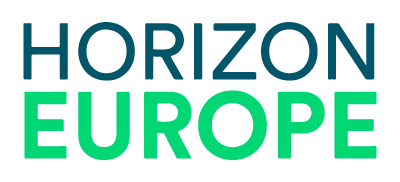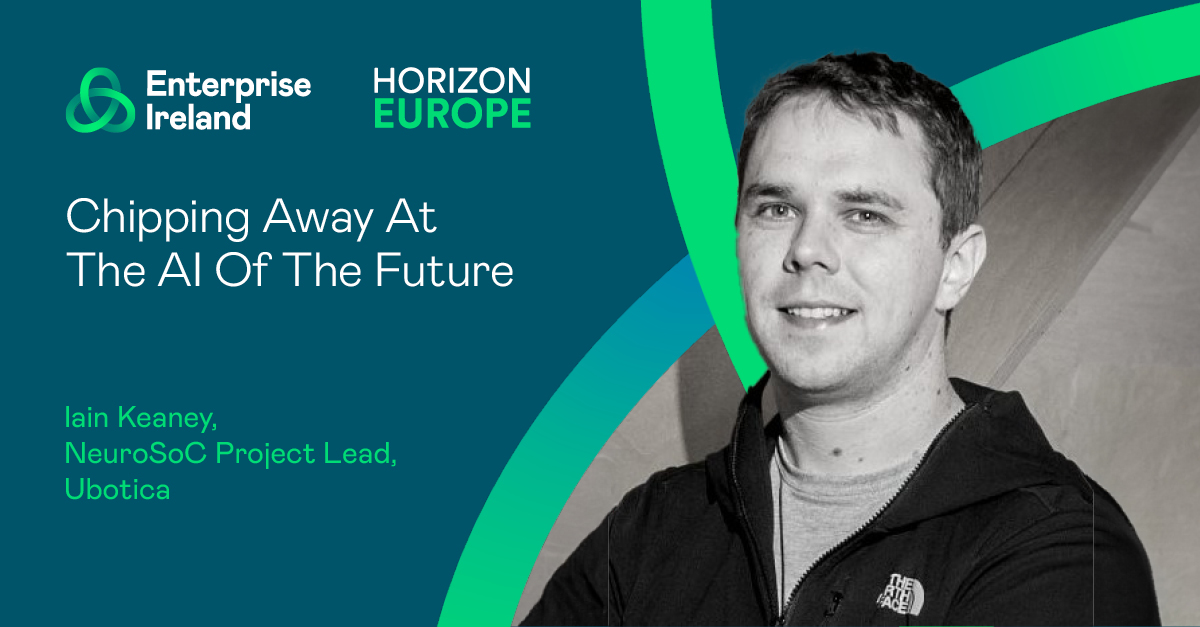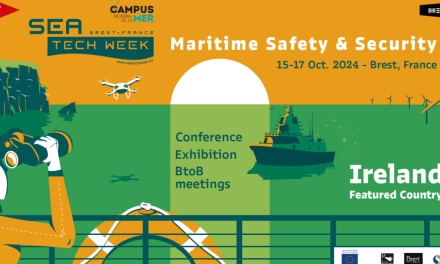Artificial Intelligence (AI) has become the focus of widespread debate amid growing concern about its implications for the future of humanity. But it is already a part of our daily lives, built into everyday items like computers, mobile phones, smartwatches and cars.
Edge AI focuses on implementing AI in an edge computing environment, allowing computations to be done close to where data is collected rather than at a centralised cloud computing facility or an offsite data centre. It is a key feature in many of the small devices that are found in homes, offices, factories and workspaces.
Advancing this technology is the aim of NeuroSoC, a Horizon Europe funded project that includes 12 partners from 9 countries across Europe, including the UK and Switzerland.
Identifying the future edge AI
The project, which kicked off in September 2022 and runs until March 2026, received €7.95 million in Horizon Europe funding. Of this, €430,000 was earmarked for Ubotica, a space tech company based in Dublin City University’s research and innovation campus DCU Alpha, and the Irish SME partner in the project.
According to Ubotica chief executive Fintan Buckley, NeuroSoC is about “advancing Europe’s independence in the area of Edge AI, with industry players such as Thales, Bosch and Ubotica collaborating with ST and IBM to architect an Edge AI processor that meets the requirements of multiple application domains.”
The project, which is coordinated by global semiconductor company STMicroelectronics, aims to design and develop “a multiprocessor system on chip with an analogue-in-memory neural processing unit” to tackle the requirements of a wide set of edge-AI applications.
Deploying AI on space satellites
Iain Keaney is NeuroSoC project lead at Ubotica, which hopes to use the results of the NeuroSoC research to inform the architecture of subsequent generations of Ubotica’s Edge AI platforms targeted at low orbit satellites.
“Before edge AI accelerators were available, it was really, really difficult, and for many applications not practically possible, to deploy AI on the satellites in space. So what you had to do, and to a large degree still have to, is download the data and process it here on earth.”
“That requires a huge amount of data to be sent down and that’s extremely slow, and expensive. If we can deploy all that AI onto the actual satellite so it runs there and we can download the results instead, that means we can get the results down in 6 to 15 minutes rather than 4 days in some cases.”
Competitor benchmarking
Keaney, who oversees one of NeuroSoC’s technical work packages, says Ubotica’s role in the project is to investigate the competition and the marketplace to see where exactly current capability stands to inform the design requirements of NeuroSoC.
“The competitor benchmarking gives us an idea of what the state-of-the-art currently is right now in the marketplace, so we know where to set the goalposts, and what to aim for in three to four years’ time.”
He says one of the big challenges is to ensure the “user-friendliness” of the technology, to make it easy to build solutions onto.
“We noticed there are some great performing processors in the industry not being adopted because they are just too difficult to build on. Essentially, the learning curve for engineers to figure out how to actually build solutions and deploy them onto these chips is just too much,” Keaney says.
He says companies then tend to move on to something that is easier, even if it’s lower powered or the performance isn’t quite as good. “There is no point in building a really great processor in NeuroSoC if it doesn’t have that user friendliness, that usability.”
Benefits of membership
For Ubotica, involvement in the project brings many benefits. First and foremost, without Horizon Europe funding, a project of the magnitude and risk of NeuroSoC would not be viable.
“It takes a project of the scale and scope of NeuroSoC, which is huge, to basically bring together 12 different partners with completely different areas of expertise and skill sets and disciplines to solve these issues collectively,” Keaney says. “There’s something like 100 to 150 people across all the partners touching this project to address these issues.”
But membership of the consortium also brings other benefits, including networking, building exposure in Europe, upskilling of employees and expanding the company’s knowledge base and know-how.
“Aside from the technical development, it has opened us up to a much larger network of expertise across Europe that we wouldn’t have had access to before,” Keaney says. “The benefits of that are multifold – new commercial opportunities, new funding opportunities, connections that we’ve built that can help us with different aspects of engineering, disciplines that we wouldn’t necessarily have in-house.”
If you would like advice about accessing Horizon Europe support or further details, please contact horizonsupport@enterprise-ireland.com or visit www.horizoneurope.ie





